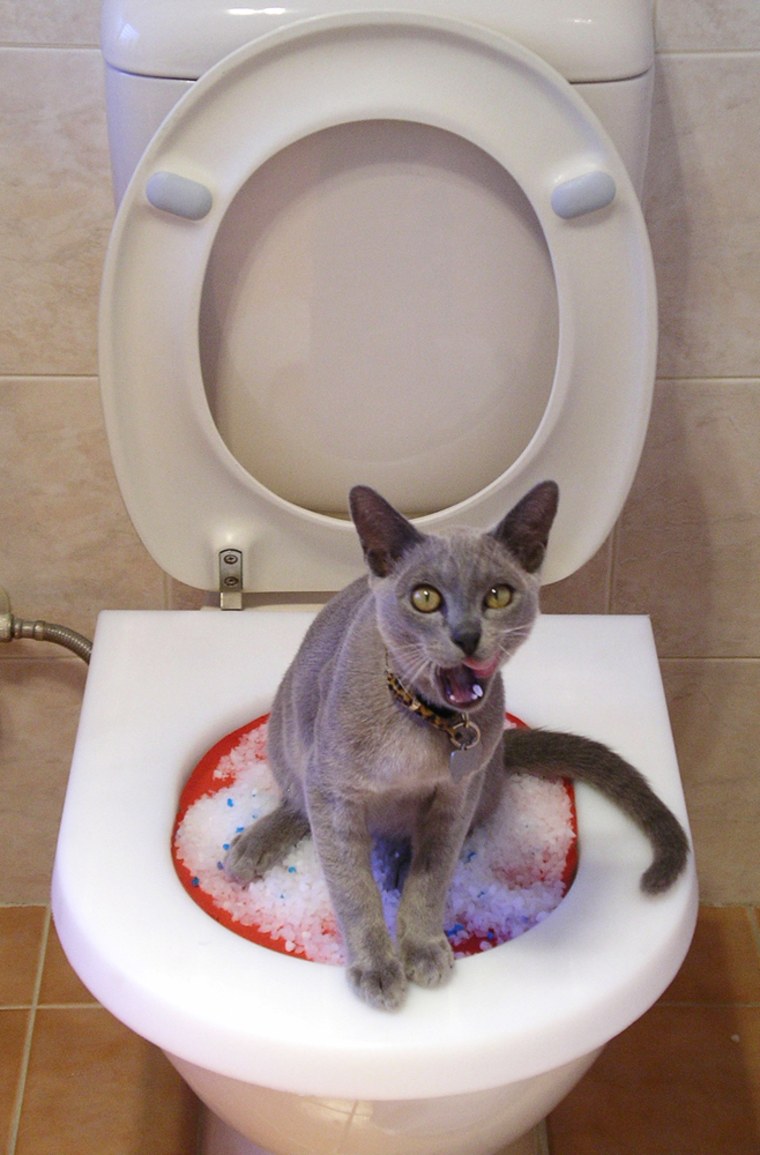Avoid Flush Cat Poop Down Your Toilet - Maintain Your Home's Pipe System
Avoid Flush Cat Poop Down Your Toilet - Maintain Your Home's Pipe System
Blog Article
We've stumbled on the article relating to Don’t flush cat feces down the toilet directly below on the internet and concluded it made perfect sense to relate it with you over here.
:max_bytes(150000):strip_icc()/0S1A1090-49a8e2c66f8e41d6901f2559787a7f24.jpg)
Introduction
As cat proprietors, it's essential to bear in mind exactly how we dispose of our feline good friends' waste. While it may seem convenient to purge pet cat poop down the bathroom, this technique can have damaging repercussions for both the atmosphere and human health and wellness.
Ecological Impact
Purging feline poop presents unsafe microorganisms and bloodsuckers into the water system, positioning a considerable risk to water ecosystems. These contaminants can adversely affect aquatic life and compromise water quality.
Wellness Risks
In addition to environmental worries, purging feline waste can additionally pose health and wellness dangers to humans. Pet cat feces might consist of Toxoplasma gondii, a parasite that can cause toxoplasmosis-- a possibly severe health problem, especially for pregnant females and individuals with damaged body immune systems.
Alternatives to Flushing
The good news is, there are more secure and a lot more liable ways to get rid of cat poop. Take into consideration the complying with options:
1. Scoop and Dispose in Trash
One of the most common technique of disposing of pet cat poop is to scoop it into a naturally degradable bag and throw it in the garbage. Make certain to use a committed litter scoop and take care of the waste quickly.
2. Use Biodegradable Litter
Choose eco-friendly feline trash made from materials such as corn or wheat. These trashes are eco-friendly and can be safely disposed of in the garbage.
3. Hide in the Yard
If you have a backyard, consider burying pet cat waste in an assigned area away from vegetable yards and water sources. Make sure to dig deep enough to prevent contamination of groundwater.
4. Mount a Pet Waste Disposal System
Invest in a pet dog garbage disposal system specifically designed for feline waste. These systems use enzymes to break down the waste, reducing smell and environmental impact.
Final thought
Accountable animal ownership expands beyond providing food and shelter-- it additionally involves appropriate waste administration. By avoiding purging feline poop down the commode and opting for alternative disposal techniques, we can reduce our environmental footprint and safeguard human wellness.
Why Can’t I Flush Cat Poop?
It Spreads a Parasite
Cats are frequently infected with a parasite called toxoplasma gondii. The parasite causes an infection called toxoplasmosis. It is usually harmless to cats. The parasite only uses cat poop as a host for its eggs. Otherwise, the cat’s immune system usually keeps the infection at low enough levels to maintain its own health. But it does not stop the develop of eggs. These eggs are tiny and surprisingly tough. They may survive for a year before they begin to grow. But that’s the problem.
Our wastewater system is not designed to deal with toxoplasmosis eggs. Instead, most eggs will flush from your toilet into sewers and wastewater management plants. After the sewage is treated for many other harmful things in it, it is typically released into local rivers, lakes, or oceans. Here, the toxoplasmosis eggs can find new hosts, including starfish, crabs, otters, and many other wildlife. For many, this is a significant risk to their health. Toxoplasmosis can also end up infecting water sources that are important for agriculture, which means our deer, pigs, and sheep can get infected too.
Is There Risk to Humans?
There can be a risk to human life from flushing cat poop down the toilet. If you do so, the parasites from your cat’s poop can end up in shellfish, game animals, or livestock. If this meat is then served raw or undercooked, the people who eat it can get sick.
In fact, according to the CDC, 40 million people in the United States are infected with toxoplasma gondii. They get it from exposure to infected seafood, or from some kind of cat poop contamination, like drinking from a stream that is contaminated or touching anything that has come into contact with cat poop. That includes just cleaning a cat litter box.
Most people who get infected with these parasites will not develop any symptoms. However, for pregnant women or for those with compromised immune systems, the parasite can cause severe health problems.
How to Handle Cat Poop
The best way to handle cat poop is actually to clean the box more often. The eggs that the parasite sheds will not become active until one to five days after the cat poops. That means that if you clean daily, you’re much less likely to come into direct contact with infectious eggs.
That said, always dispose of cat poop in the garbage and not down the toilet. Wash your hands before and after you clean the litter box, and bring the bag of poop right outside to your garbage bins.
https://trenchlesssolutionsusa.com/why-cant-i-flush-cat-poop/

Do you really like reading about How to Dispose of Cat Poop and Litter Without Plastic Bags? Try leaving feedback further down. We would be delighted to hear your views about this content. Hoping that you come back again in the future. Remember to take the time to share this page if you liked it. I am grateful for your time. Visit us again soon.
Get Started Report this page